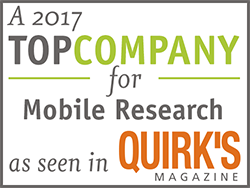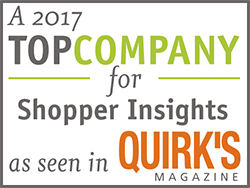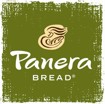![]()
A recent study by IDG on 21 brands at retail found that the correlation between shoppers recall of what they looked at and what they actually looked at was only .096, clearly demonstrating that recall is NOT a proxy for visual attention measurement. This has solidified the need for eye-tracking to measure the effectiveness of visual elements in-store. Additionally, IDG modeled the visual attention of 8 brands at retail to purchase behavior and found that by increasing the amount of visual attention on a brand by just 1 second of viewing time can raise the odds of purchase by 44% to 550%
We can know, without a doubt, what is attracting and distracting shoppers’ attention. We understand the data, from search efficiency, attentive distraction and confusion/expectations then generate a plan to optimize shoppers’ experiences. The following proprietary metrics can be produced to provide further insights beyond traditional eye-tracking metrics.
- A confused search pattern results in a web-like visual output that shows no actual pattern to the search behavior as well as erratic “back-and-forth” fixations resulting from products not being where the shoppers expected them to be.
- Attentive Distraction can be calculated to measure elements that distract consumers as well as uncover opportunities where visual attention is being misdirected toward other stimuli.
- Search Efficiency can be produced when shoppers are assigned specific items to buy. This helps to measure subtle inefficiencies and recommend improvements regarding placement, space and layout.
- Fit: (Visual element fit to store/plan-o-gram location) Just as brands have “Fit” to certain products, visual elements have a “Fit” to certain areas in a store. In Control Store test scenarios IDG can uncover areas where certain elements have a better “Fit” to gain the most attention without cannibalizing the attention of other areas of interest.
- Catalyst Identification: Certain visual elements have the ability to be “Catalyst” to others near them by initiating and sharing visual attention. Even if certain products are not “big sellers”, they are needed to help neighboring products get noticed in the aisle. In control store tests, catalyst identification can be calculated by moving the location of items.

































